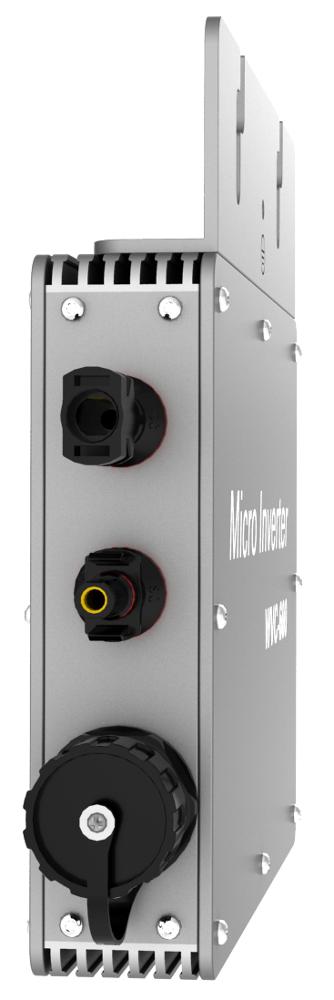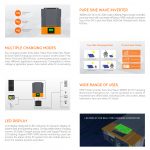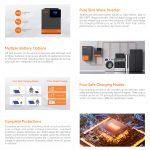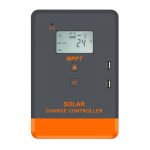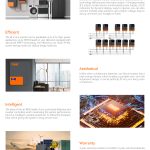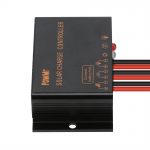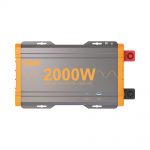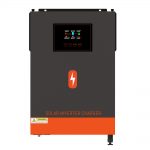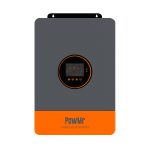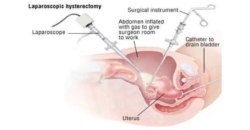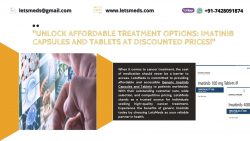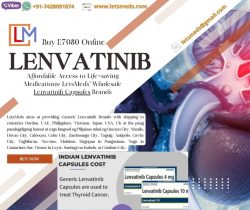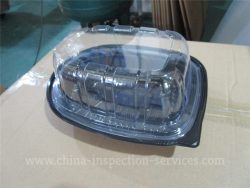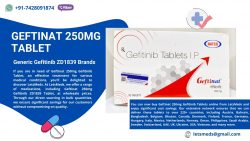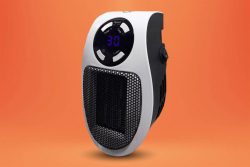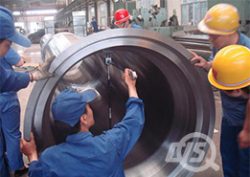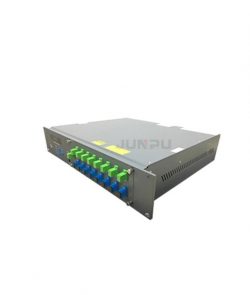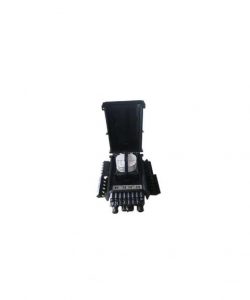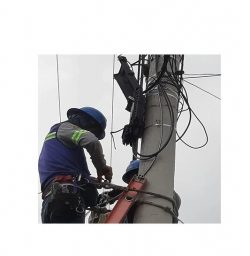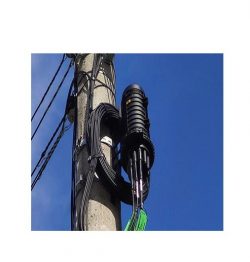higher return on investment
Generally speaking, higher cost batteries also perform better and last longer than other batteries of the same rated capacity. So, how do you know which ones to choose? Well, here’s a handy guide to picking a nice battery that won’t break the bank and will serve you well for the long haul. So, without further ado, let’s dig in. If a traditional PWM controller is used, the disadvantage is that the conversion rate is low and a lot of solar energy is wasted. By switching to an MPPT charge controller, the solar energy conversion rate can be greatly improved with minimal waste of energy.
When the budget is sufficient, the MPPT solar controller is obviously the better choice. Solar Charge Controller Connections.1. Most solar controllers are 6 wire terminals. In this way, it is easy to judge which wire to connect, there are 3 groups in total, and each group has 2 positive and negative mounting holes. Typically, solar panel wires are the first set of wires, then the battery, and finally the load, with the positives connected first and the negatives last. MPPT solar charge controller.
The MPPT solar charge controller is a technology dedicated to almost all photovoltaic power generation. Of course, for solar installations where the module voltage is higher than the battery voltage. It is an electronic system that helps solar modules generate all the power they can provide. With seven production units worldwide, more than 28 sales offices and operations in more than 36 countries, we are one of the world’s leading Hybrid Inverter and battery companies.
We manufacture a wide range of UPS home All in one Inverter systems and batteries that are conveniently divided into smart varieties, critical ranges and power ranges. What is the best MPPT charge controller The best MPPT solar controller is the one that best fits your solar system and meets your battery or storage requirements. All the details you need to know about your PV system, such as input and output power, maximum battery current, nominal system voltage (12V, 24V, 36V, 48V, 60V, 100V, 150V, and 200V, etc.).
The MPPT charge controller detects the power generated by the solar panel in real time and tracks the highest voltage and current value (VI) to charge the battery at maximum power output. It is the brain of the photovoltaic system, coordinating the work of the Solar Panels, Solar Batteries and loads. The Hybrid Solar Inverter is a multifunctional inverter and charger that combines PWM solar charger, inverter and battery charger functions to provide uninterrupted power assistance. User-configurable and easily accessible button actions such as battery charge current are available on the device’s detailed LCD monitor.
It is the ideal input voltage for AC/solar chargers for a variety of applications. It is a pure sine wave solar inverter with PWM solar charge controller for home and vehicle. Total load running on the inverter: As technology improves, so does the inverter. Today, inverters can handle not just small appliances like fans, lighting, and TVs, but larger appliances like room coolers, refrigerators, water purifiers, blender grinders, irons, microwaves, and even air conditioners.
Calculate once the total load you want to run on the inverter. You can refer to the load calculator on the powmr website to calculate the right inverter for your home. As the name suggests, high-capacity power inverters are designed to run heavy loads such as AC motors, blender grinders, microwave ovens, and more. These inverters range from 2KVA to 10KVA and are designed according to their suitability for multiple battery systems (from 2 to 15 cells). If you have frequent power outages in your home or office, a high-capacity inverter is your best option.
To run equipment such as heavy duty pumps, air conditioners, commercial establishments, and refrigerators, you can buy a high-capacity inverter or HKVA. HKVA or high capacity inverters are an efficient backup power solution that ensures low maintenance and high reliability while being an excellent alternative to polluting diesel generators. Quality: First of all, look at the shell material. There are three kinds of shell materials: ABS, aluminum alloy and ABS+aluminum alloy. It is more common to use ABS and ABS+aluminum alloy for the solar controller shell, because the cost of all aluminum alloys is expensive, so the price of the solar controller is also It is correspondingly expensive.
When the initial charging phase begins, the system detects that the battery voltage has dropped to a low value and can be charged. MPPT charging starts to work, converting and transferring the PV output power to the battery. When the sun is strong, the output power of the photovoltaic array will be greatly increased, and the charging current will reach the threshold. This is the time when MPPT charging stops and goes into constant charge mode. In the long run, MPPT charge controllers have a higher return on investment, whether for home off-grid systems or commercial use. We strongly recommend using an MPPT controller for your power system.
